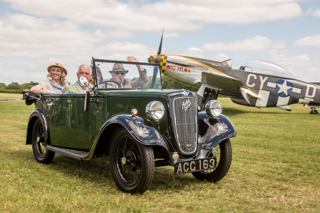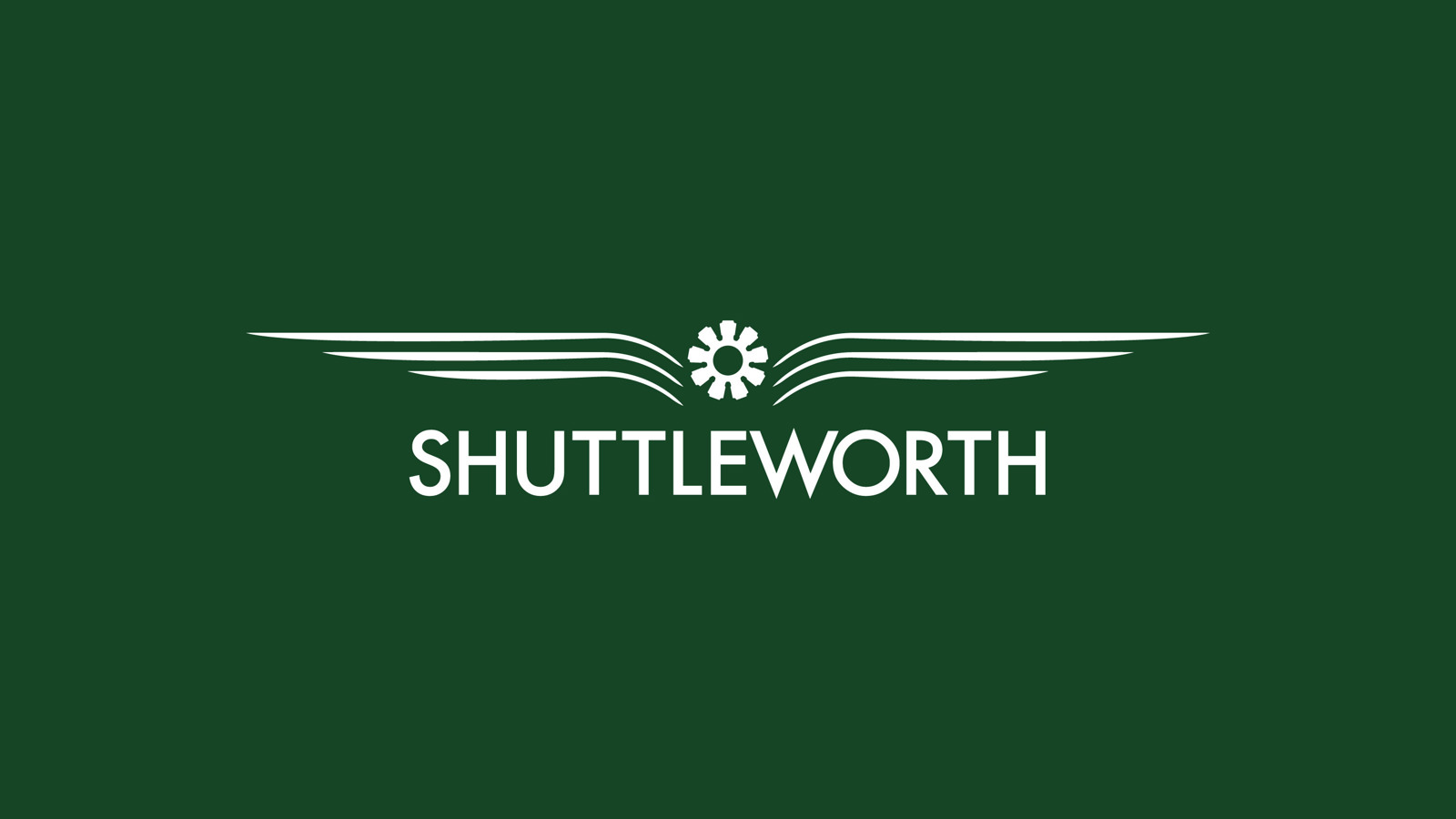Austin Seven Tourer
No car brings a smile to the face more than the diminutive Austin Seven. It’s the vehicle that brought everyday motoring to the British public in the 1920’s and ‘30’s, and Shuttleworth has a pair in the Vehicle Collection.
The Austin Seven was the salvation of the Austin Motor Company. Herbert Austin’s eponymous firm went into receivership in 1921 and major creditors – specifically banks and insurance companies – put in managers to run the operation. Austin himself felt excluded from his own business and took to spending most of the day at his country house. It was there he conceived the Seven.
Austin’s ambition was to ‘put Britain on wheels’ with a car that was both small and affordable. He took an 18 years old draughtsman, Stanley Edge, from the factory design office to a room in his Lickey Grange, Bromsgrove, mansion, and gave him the task of putting his (Austin’s) ideas onto paper. The resulting three prototypes were built, somewhat clandestinely, in a corner of the manufacturer’s Longbridge, Birmingham, works.
The Seven was a success from the day it went on sale in 1922, and quickly put an end to the prolific cycle-car trend that had hitherto existed in the light car market. By the time production ceased in 1939 some 290,000 cars and vans had been produced. Sales ensured the company financial security and certainly achieved Austin’s ambition to bring motoring to the masses.
Small and light with a four-cylinder engine – originally 696cc but increased to 747cc in 1923 - and a three-speed gearbox, also designed by Edge, the basis of the Seven was a simple ‘A’ frame chassis that allowed a variety of different body styles to be fitted on a wood frame with metal or fabric covering,. The Seven had four wheel brakes, but initially the brake pedal operated only on the rear wheels, the front brakes being applied by the handbrake - all brakes were operated by the foot pedal from 1932.
The Seven was easy to drive and could carry four adults in reasonable comfort. The side-valve engine permitted cruising speeds of between 45-50 mph and earned a reputation for reliability and longevity.
Brooklands racing driver Gordon England was quick to spot the potential and convinced Herbert Austin to build him a competition version, which proved invaluable in winning over the public – and sceptical members of Austin’s own company - to accept the tiny car as a serious, and economical, means of transport.
The Seven was manufactured in several styles, including tourers and saloons, and built under licence in France (Rosengart), Germany (Dixi, the forerunner of BMW), the USA (American Austin) and Japan (Datsun). The Seven’s engine became, after 1945, the powerplant for the first Reliant three-wheelers, and both the chassis and engine were extensively used as the basis for post-war sports specials with glass fibre bodies, and for 750 Motor Club racing cars.
The Seven name was to live on after the Second World War with first the A30 baby car and later the BMC Mini.
About this vehicle
The Tourer was built in 1934 and differs from the standard model in that it has the chrome plated lamps and larger tyres normally associated with 1935 models; the bumpers also appear to have come from a later specification vehicle.
Specification
| Title | Detail |
|---|---|
| Year | 1934 |
| Manufacturer | Austin Motor Company Ltd |
| Engine | 747cc four cylinder |
| Model | Open tourer |
| Type | Car |
| Top speed | 50mph |
| Status | General Collection |
Other collection items
Register for Updates
Be the first to hear about our latest events and get all the Shuttleworth news






